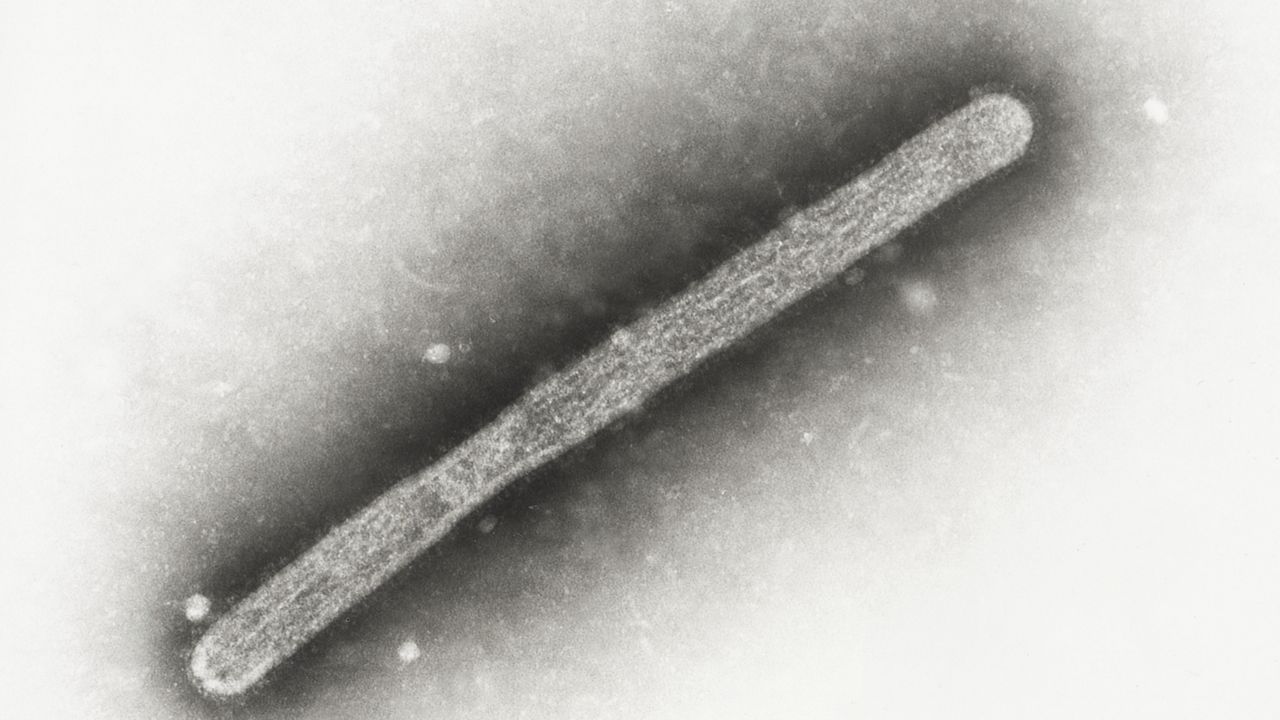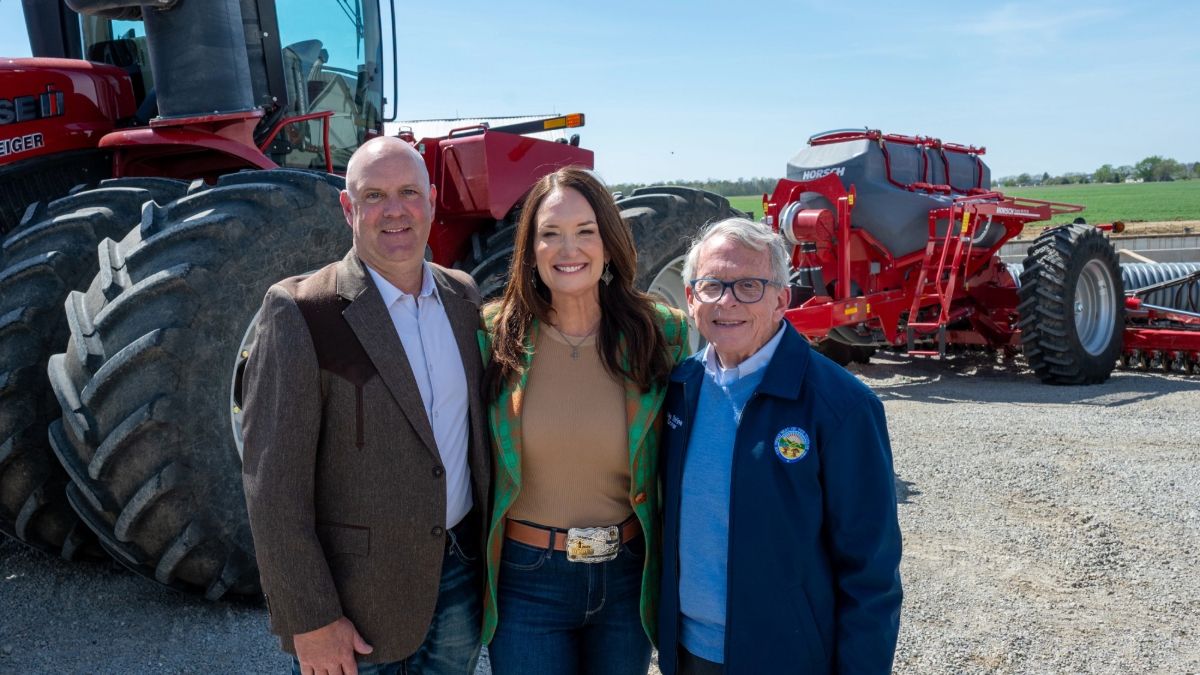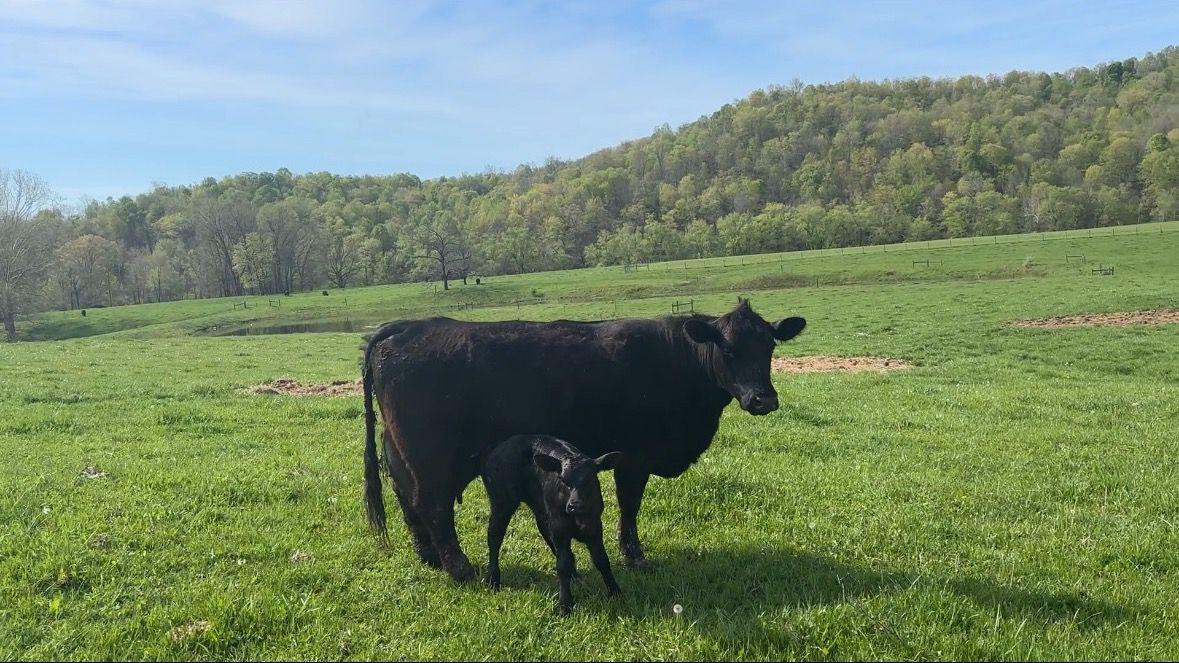OHIO — Trade tensions wage on despite a reduction in tariffs between the United States and China, leaving farmers to navigate uncertainty.
For now, a 10% tariff remains on U.S. goods and a 30% tariff remains on goods from China, reductions of 125% and 145%, respectively.
Agriculture expert Andy Vance said in the short run, this is some of the relief farmers were looking for.
“At least in the short run, yes,” said Vance. “Certainly, if we start with the base assumption that tariffs are bad actually, which is kind of econ 101. Farmers would like to see us go back to more of that free trade footing that really we experienced for most of our adult life.”
Vance said the U.S. was a beneficiary of trade liberalization through the World Trade Organization, bi-lateral trade agreements and multi-lateral agreements.
“In the short run, though, a 10% to 30% tariff is much more preferable than a 100% tariff going back and forth,” Vance said.
For Ohio farmers, Vance said for every field of soybeans, one out of every three rows of beans is being exported.
“Half of those exports are going specifically to China,” he said. “So any disruption of that system is bad for Ohio farmers, it’s bad for U.S. farmers as a whole.”
Vance said to other producers of soybeans, such as Argentina and Brazil, the situation presents an opportunity to fill a gap.
“The biggest problem we have right now with the president’s approach to tariffs is this on-again, off-again and ‘are we raising them, are we lowering them, are the tariffs going to be in place or not going to be in place?’ so buyers and sellers want that certainty.”
Vance said the marketplace wants certainty, and farmers are no different.
“They’re hopeful that whatever the president’s ultimate resolution with China is, that it will be beneficial to farmers,” Vance said. “They sort of trust him to do a deal that is beneficial to the U.S. but this uncertainty... that’s really disruptive to the marketplace and doesn’t let farmers plan for the future.”
Vance said the issue is whether President Donald Trump has overplayed his hand.
“He’s tended to adopt this maximalist, ‘I’m just gonna slam massive tariffs and you will come to the table and do a deal,’ and then at the last minute he backs down. People are starting to figure that out and then people, look at China for an example. They now know we may back off of this if we just wait. You lose your leverage the more you go to the brink if you don’t actually ever pull the trigger.”
The Ag Report airs every Friday on Spectrum News 1.








)
